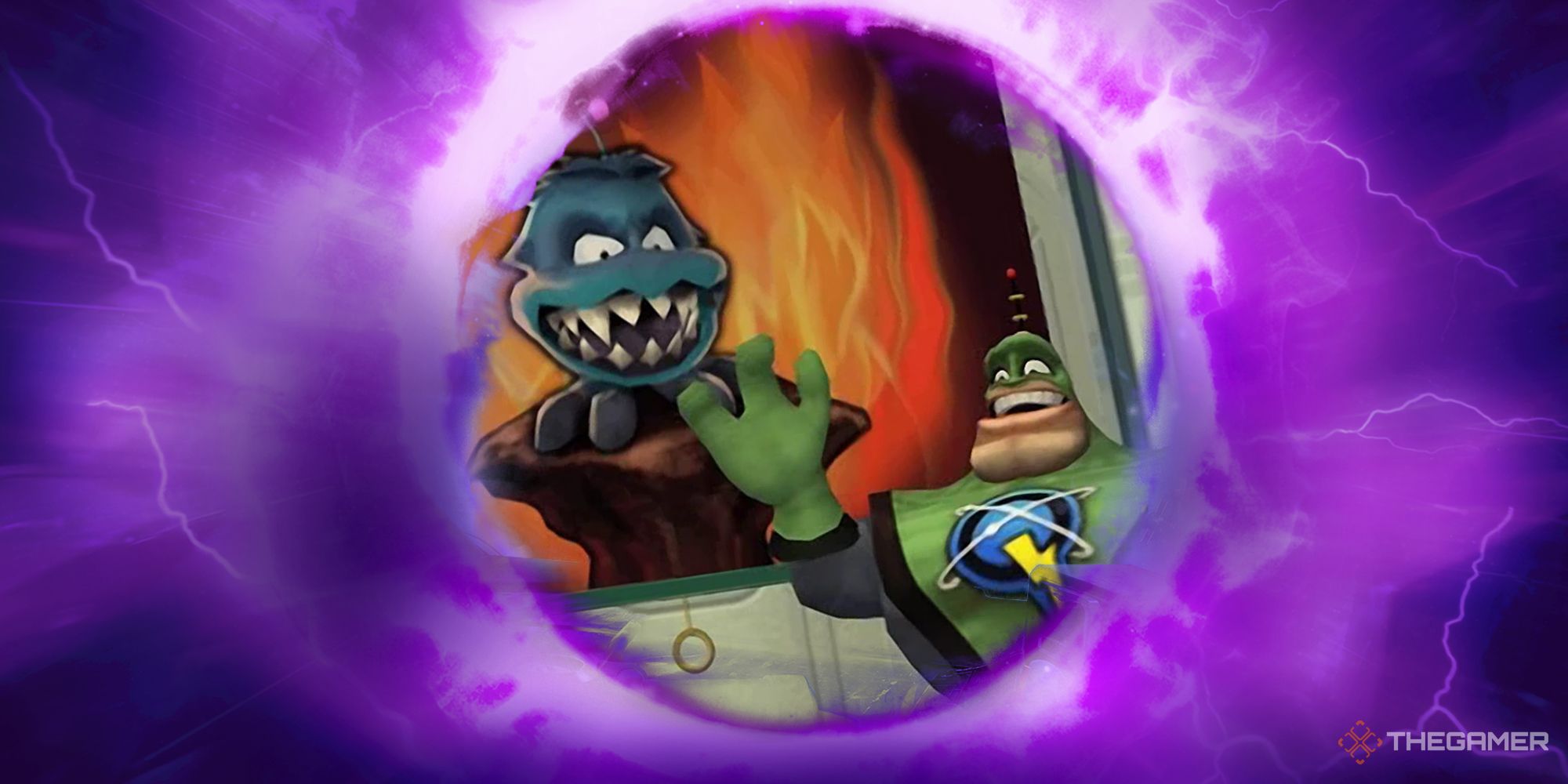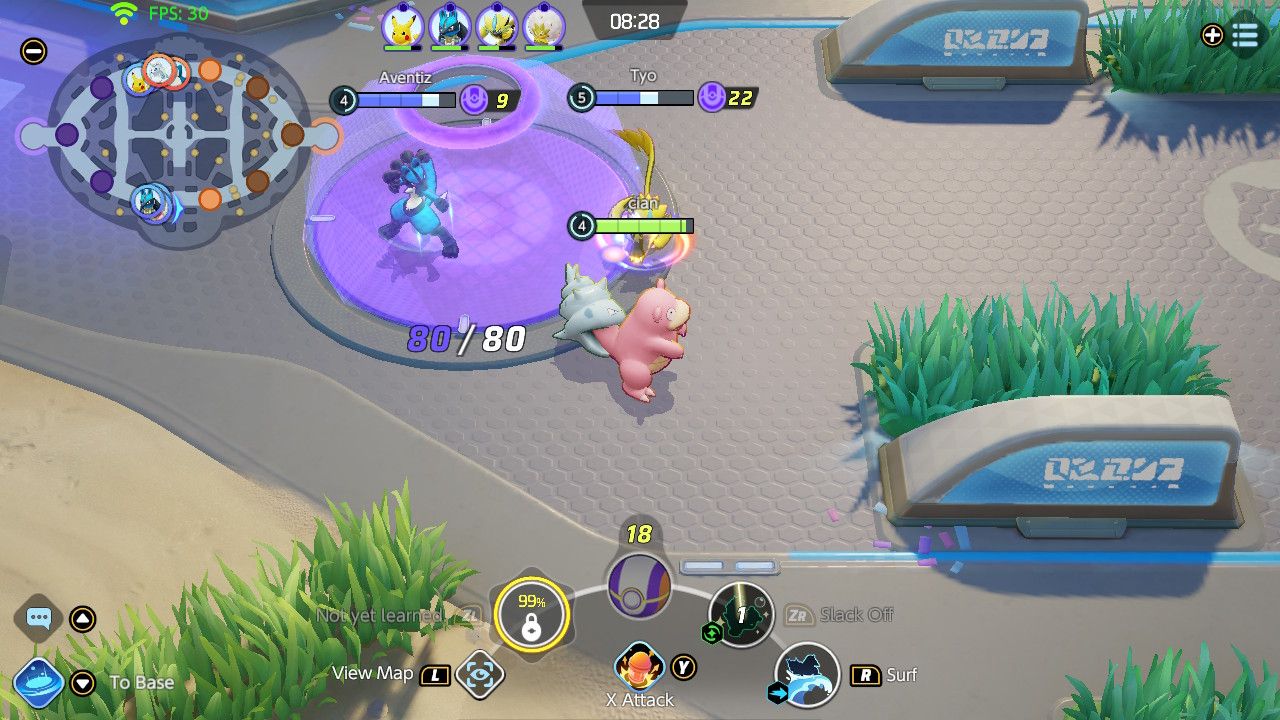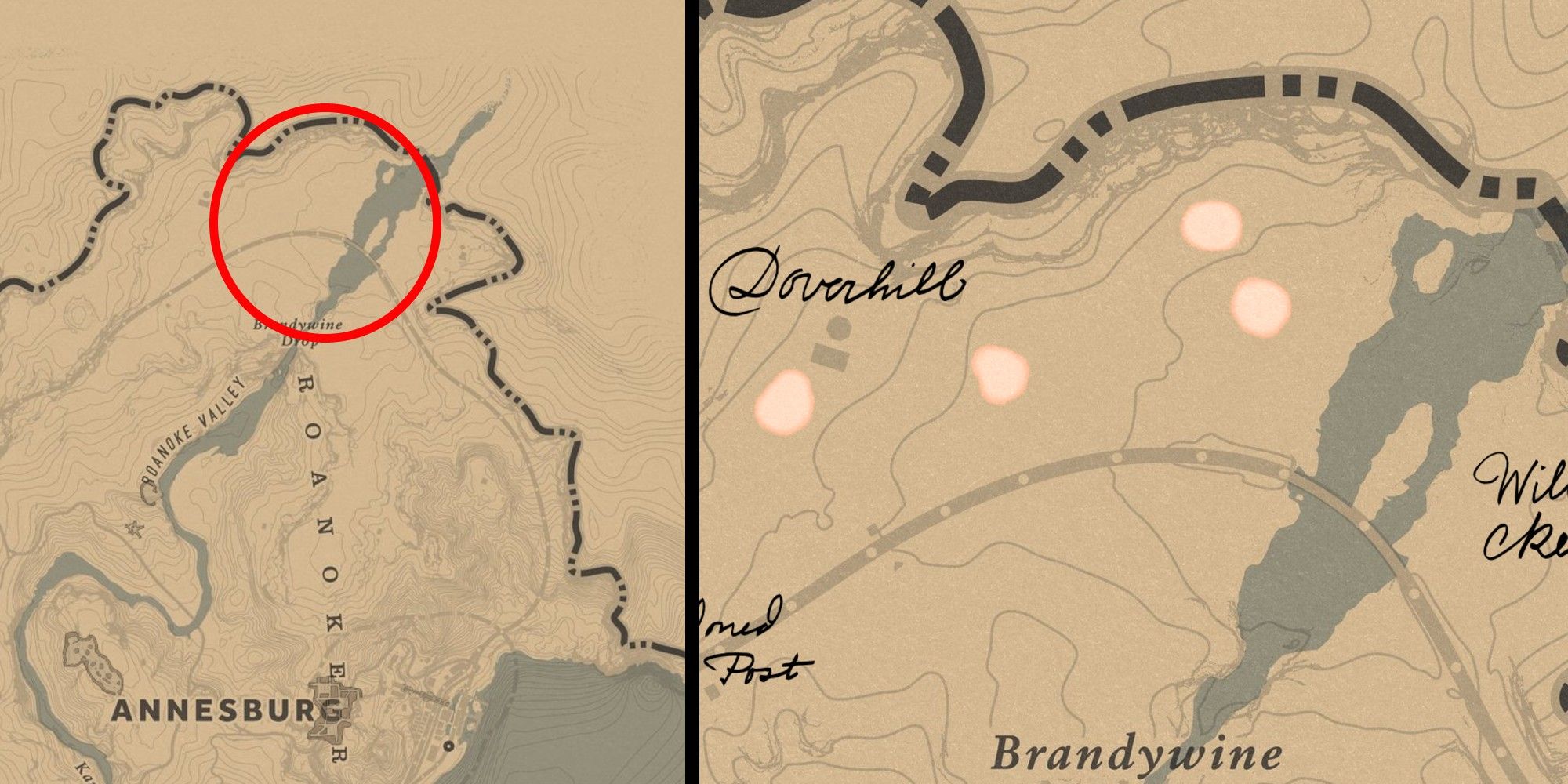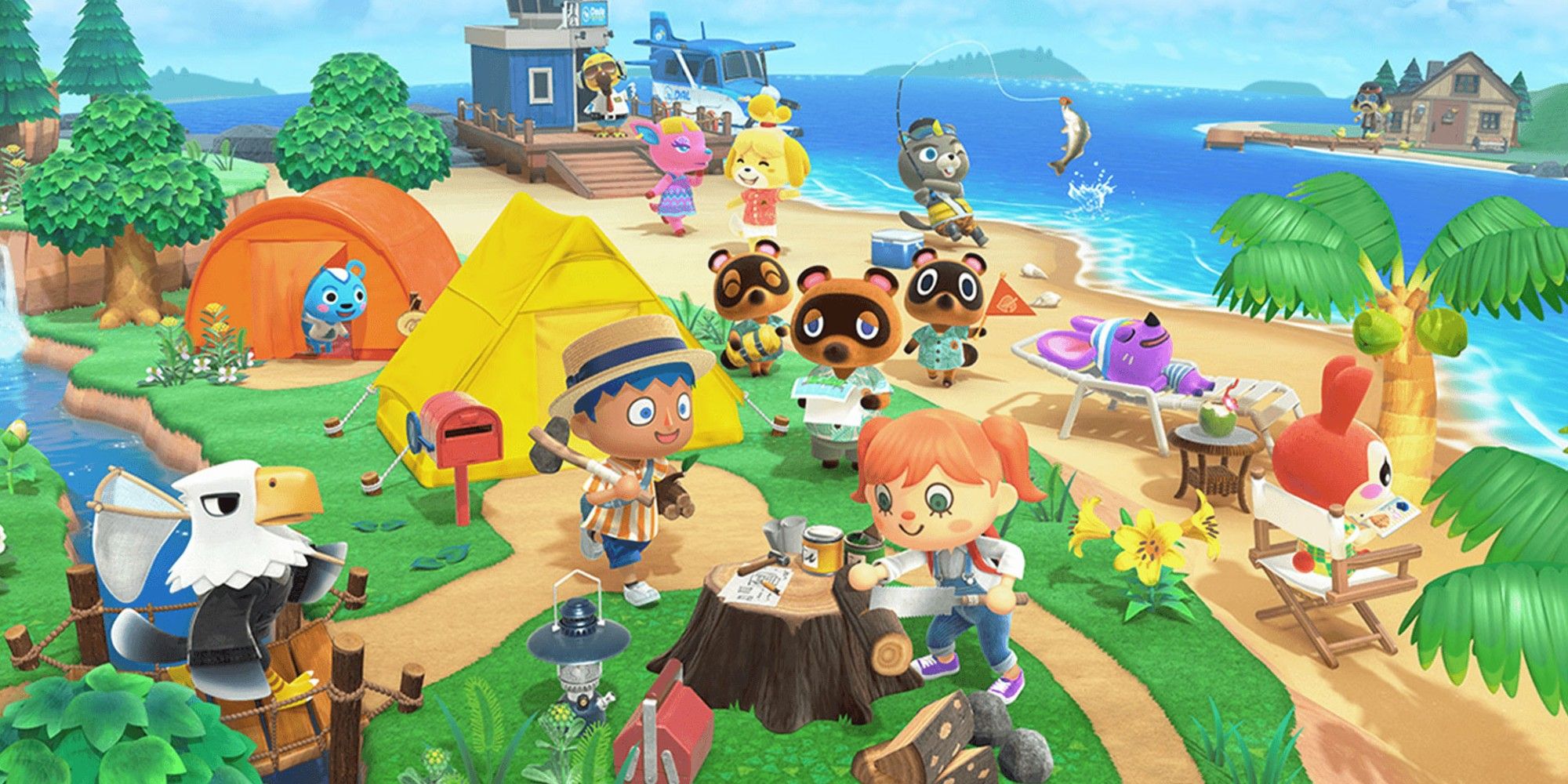
Ratchet & Clank has had two distinct segments throughout its tenure. The first is the more fragmented storytelling of the PS2 era that was, in essence, Monster of the Week-style storytelling with a flourishing bond between its titular characters. The second segment was the PS3’s Main Arc-style storytelling, centering around the last of the lombaxes. The 2016 PS4 reboot is the outlier as an odd retelling of the original. Rift Apart, on the other hand, is a blend of these two identities, bringing both eras of the series together in a beautiful manner like never before. It isn’t afraid of reaching out to a new audience, inviting even more people to enjoy this spectacular tale of friendship and family.
From the get-go, that blend is on display. Literally. Sure, everything technically opens with Rivet in Nefarious’ city and all that jazz, but it quickly sidesteps to the parade, showcasing Ratchet & Clank’s history, saying first and foremost, “This is a sequel to the old timeline, not the reboot.” At that moment, we see a trifecta of iconic characters atop podiums, all with microphones, all hosting this parade. There’s Qwark and Skid McMarx, two lovable flagships that have been with us since day one back in 2002, albeit with a new voice actor behind the jolly green giant, but then there’s Rusty Pete. He first appeared in the PS3 era, and seeing him standing right there with Skid was unbelievable. Qwark, like Ratchet and Clank themselves, transcends the eras. He’s always been around. He’s not intrinsically linked to the PS2 or the PS3 games. He’s intrinsically linked to the brand. Skid? It’s a different story, and so are the pirates. Seeing them in collaboration solidified this merger.
That merger is perhaps most evident in something that’s tangible, outwardly presented. That’s the ‘villains’ or rather, the two warring factions that constantly crop up, vying for your lombax tail and your robotic partner. From the get-go, you’re duking it out with Goons4Less and the recurring pirates. We haven’t seen Goons4Less, then called Thugs4Less, since the PS2 and PSP days, while the pirates were a staple of the PS3 era, so much so that they netted their very own game, the interim tie-in Quest for Booty. Both represent the consoles they hail from, and so when we see that moment in Rift Apart where the two fight and then join forces, it’s a spectacle – a metaphorical display of kinsmanship between Insomniac’s beginnings and where it is now. It always felt like the PS2 era was that fun little experimental kickstart that got the ball rolling, while Insomniac desired to move on to tell a more coherent, cohesive, and emotional story. That’s fair. The PS3 era excelled narratively in a way that the original three never could, but Rift Apart brings them together and manages to do both.

On the surface, there are obvious things that connect both eras, but there are the subtle interwoven links too – the tone, the themes, the presentation. At its core, Rift Apart is an origin story for Rivet and Kit, a somewhat familiar but oddly distant rendition. We see that, without the other half, Ratchet and Clank would never have managed to be as successful as they were. They are as important as the other when it comes to heroics, and so by Rivet and Kit never meeting, we get an insight into what the world would look like, and that’s a world that’s dominated by villainy with rebellions clutching onto straws, trying their damndest to stay afloat. The two are an intrinsic pair, and so we’re hammering back to that focal point of the first three games, the friendship, and importance of the two halves, something that was integral to the original 2002 game’s plot, albeit with a skater dude tinge to Ratchet’s voice.
Rivet and Kit’s own journey serves to parallel the PS2 era, while Ratchet undergoes a similar dynamic and struggle to what he went through in the PS3 era, that of whether the Dimensionator is worth the trouble, whether he can stomach finding his own people, whether they’ll be proud of him or live up to his expectations. Meanwhile, all four characters are trying to stop something on a cosmic proportion, dealing with a large-scale, fabric-of-reality-level threat, that of the entire multiverse literally collapsing on itself due to misuse of this tool created by Ratchet’s people. It’s another tale of his species’ legacy lingering with him left to pick up the pieces.
It’s the PS3’s themes, its narrative, its juicy emotional story, conjoined with the PS2 era’s simplicity, that of an evil dictator being toppled by two strangers who blossom into friends and even have a spat that splits them apart for a little while. Those two stories are perfectly tied together, and it wouldn’t have worked without Rivet and Kit, but that’s what they, and the more obvious, surface-level content like the pirates and goons, bring to the table. Seeing Insomniac merge the two together is a treat, because not only is it bloody nostalgic, but it makes this a perfect jumping-on point for newcomers and a perfect continuation for old-timers if you can call a 20-year-old player like me an old-timer.
Next: It's Looking Like Ratchet & Clank's Angela Isn't A Lombax… Again



